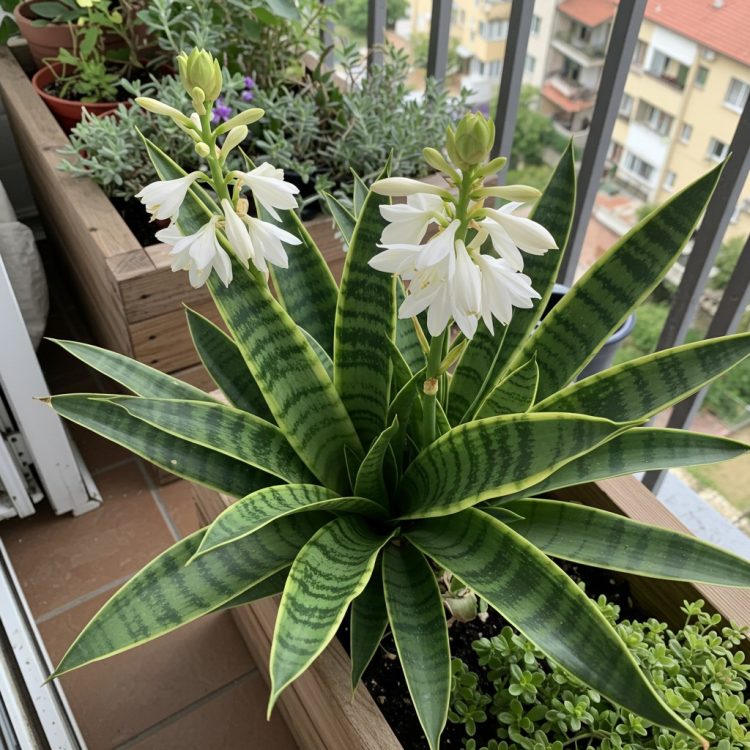6. Fertilize Sparingly
Snake plants don’t require heavy feeding. During the growing season (spring and summer), feed once a month with a balanced liquid fertilizer diluted to half strength.
Skip feeding in fall and winter, when the plant’s growth naturally slows.
Over-fertilizing can cause salt buildup and damage roots.
If using organic fertilizers, choose those formulated for succulents or houseplants.
7. Clean and Prune for Health and Appearance
Keep your snake plant looking its best by:
Wiping the leaves occasionally with a damp cloth to remove dust.
Trimming off any dead or damaged leaves at the base with clean scissors.
Cutting back tall leaves to shape the plant, if desired.
Pruning also encourages new growth and keeps the plant tidy.
8. Propagate for More Plants
Snake plants are easy to propagate, making them perfect for expanding your indoor garden or sharing with friends.
There are two common propagation methods:
Division: When repotting, separate clumps of rhizomes and replant them in new pots.
Leaf cuttings: Cut a healthy leaf into 2–3 inch sections, let them dry for a day or two, and plant in moist soil. Note: Some variegated varieties may lose their coloring when propagated this way.
Be patient—rooting can take several weeks.
9. Watch for Pests and Problems
Snake plants are fairly pest-resistant, but on rare occasions may attract:
Spider mites
Mealybugs
Fungus gnats
To treat, wipe the leaves with insecticidal soap or neem oil and improve air circulation.
Common issues include:
Brown tips: Often caused by low humidity or inconsistent watering.
Yellowing leaves: Usually a sign of overwatering.
Leaf droop: Indicates stress, often from excess water or poor drainage.
Most problems can be resolved by adjusting watering or repotting into fresh, well-draining soil.
Final Thoughts
With their striking appearance and low-maintenance nature, snake plants are one of the easiest houseplants to care for. By following a few expert strategies—like choosing the right soil, avoiding overwatering, and providing the right light—you can enjoy a healthy, vibrant plant that adds natural beauty to any space. Whether you’re new to gardening or a seasoned enthusiast, snake plants are a reliable and rewarding addition to your indoor collection.
